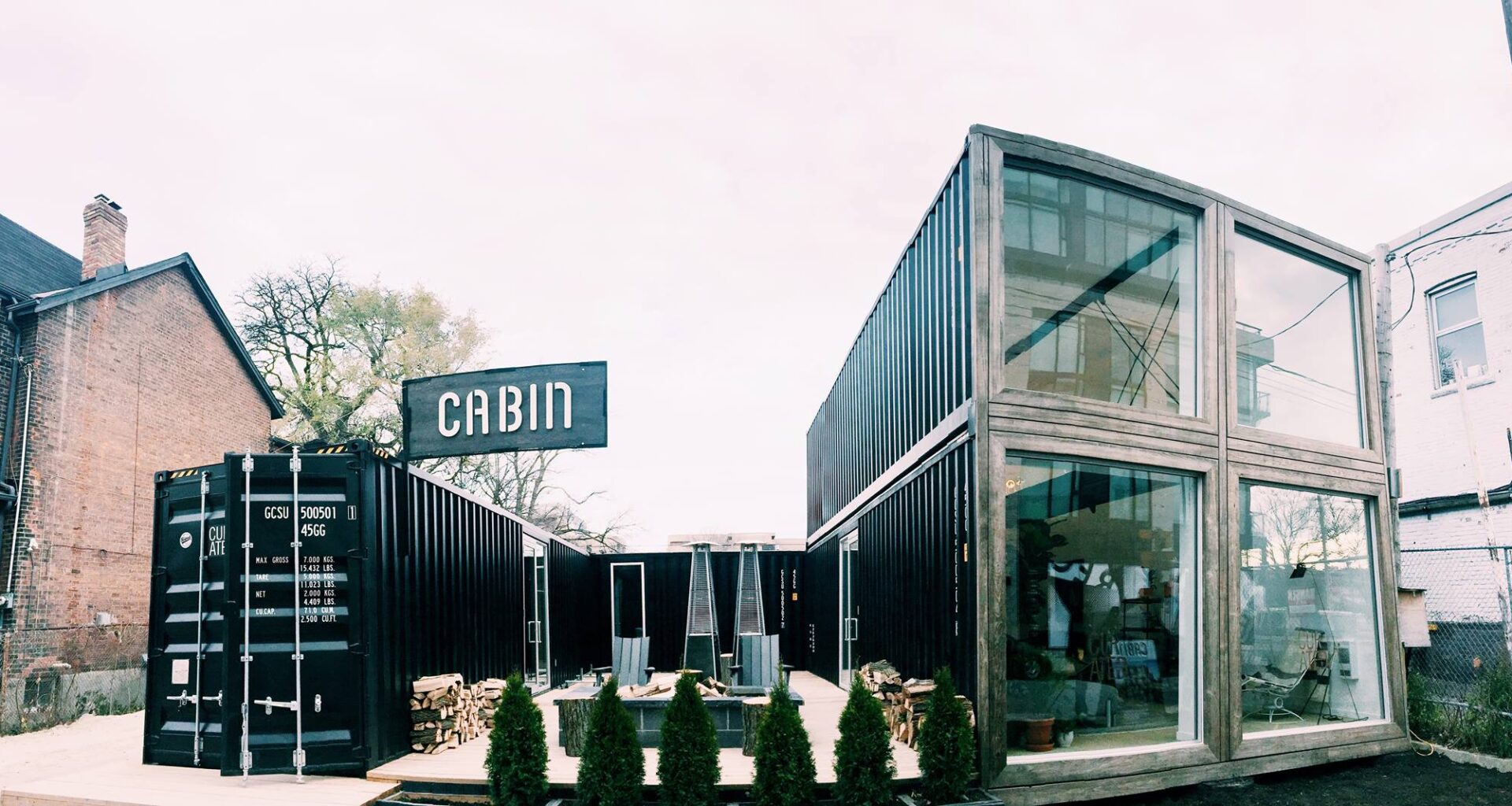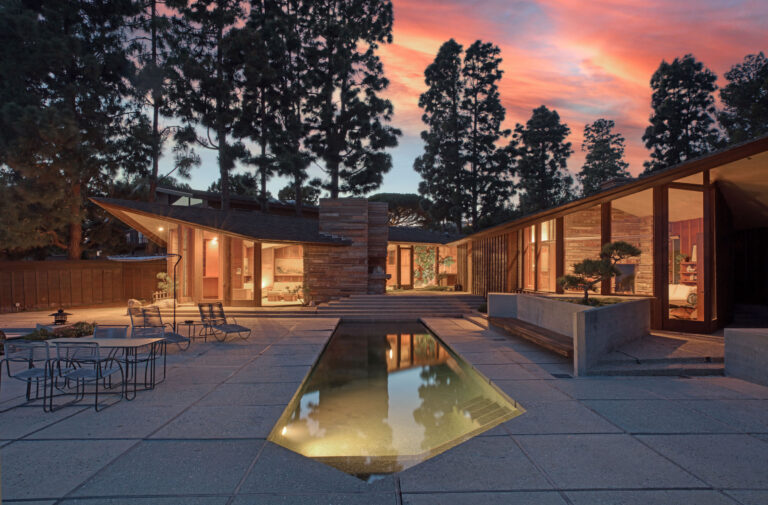Fulfilling a desire for sustainable-chic, small-footprint living, shipping containers take on new life in residential real estate
Written by Jenn Thorton | Photo Courtesy of Giant Containers
No longer just unsightly cast-offs at the side of the road, shipping containers represent a growing—and totally transformable—trend in residential design. Equally great for off-grid applications and urban living, these structurally robust, low-maintenance solutions are quick to construct and attract homeowners wanting to pare down, live more consciously, build on a budget or reside in a modern alternative to the traditional abode.
Cousin of the tiny-house craze, container homes continue to change the face of real estate, with Los Angeles experiencing the shift. “The current high cost of real estate and land has propelled interest in alternative housing solutions, including Container Homes,” explains Daniel Kroft, president and co-founder with Giant Containers.
“Pre-fabrication and the ability to relocate the units is an important driver as well.” For homeowners, prefabricated container homes limit land (or site) disruption and offers efficient onsite assembly, cutting costs and saving time. “Developers,” notes Kroft, “especially gravitate to container construction, because they are able to move buyers in quicker, recoup their investment, and move to the next opportunity.”
Aesthetically, shipping containers have really shaped up, offering what Kroft calls an “industrial chic” look achieved via an “interplay of the container’s corrugated shell and some aptly placed lumber cladding” that “can be very striking. Or, if the client wants to hide the container, it can be clad completely.”
Easily stackable structures, containers not only expand one’s residential possibilities—taking the idea of living in a box to new heights (by two, even three levels, in some cases)—they also function as the ultimate flex space, from home gym to art studio to guest house to rental.
While container homes are trendy, Kroft notes that the utilitarian nature of containers should not be considered a passing trend. “Pre-fabrication and modularity is the way of the future,” he says.
The custom sales space, designed to showcase a new boutique condo building, resembles a wintry northern lodge, with its wood, stone, and modern furniture styled to radiate a quiet coziness. The containers were also outfitted with expansive windows and an urban patio area. The cabin is constructed of 7-8×40’ISO shipping containers, four of which are stacked. The prefabricated shipping containers are fitted with windows and door openings, insulation and finished with the desired floor and wall material.




